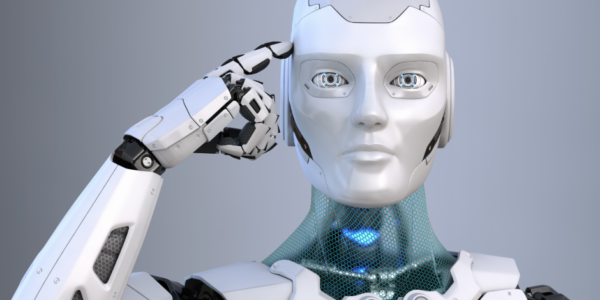The Consumer Electronics Show had several robots to show off. There were two humanoid designs, including the Unitree HI. Its claim to fame is that it can recover its balance when kicked. That’s lucky for all the humans cozying up to it in this video:
The Kepler Forerunner was present, but wasn’t moving. We have to say it again: being able to create a video of your robot doing impressive stuff is not the same as having a robot that can do impressive stuff on command. The Forerunner is intimidating, though, we’ll give it that.
The Forerunner’s Chinese makers promise “productivity with cutting-edge technology, hastening the arrival of a ‘three-day work week.’ The shift will enable humans to dedicate more time to meaningful endeavors, such as space exploration.”
Why do people feel this need to kick robots? We don’t know.
Moxie is something completely different.
It would take someone creepy to kick Moxie.
In the warehouse?
So how would these CES robots do in a factory? As far as we can tell, they would not have much value. Maybe in a warehouse? The Unitree model is clearly mobile, but we don’t see it lifting heavy objects or shelving things. A tub on wheels continues to be equally useful in a warehouse as a humanoid, as far as we can tell.
What if they’re outfitted with AI?
Moxie might have a role, actually. Like the old-time Cuban cigar factories which employed a woman to read aloud to the workers to stimulate their minds as they worked, warehouses and factories cold employ Moxie to improve morale.



